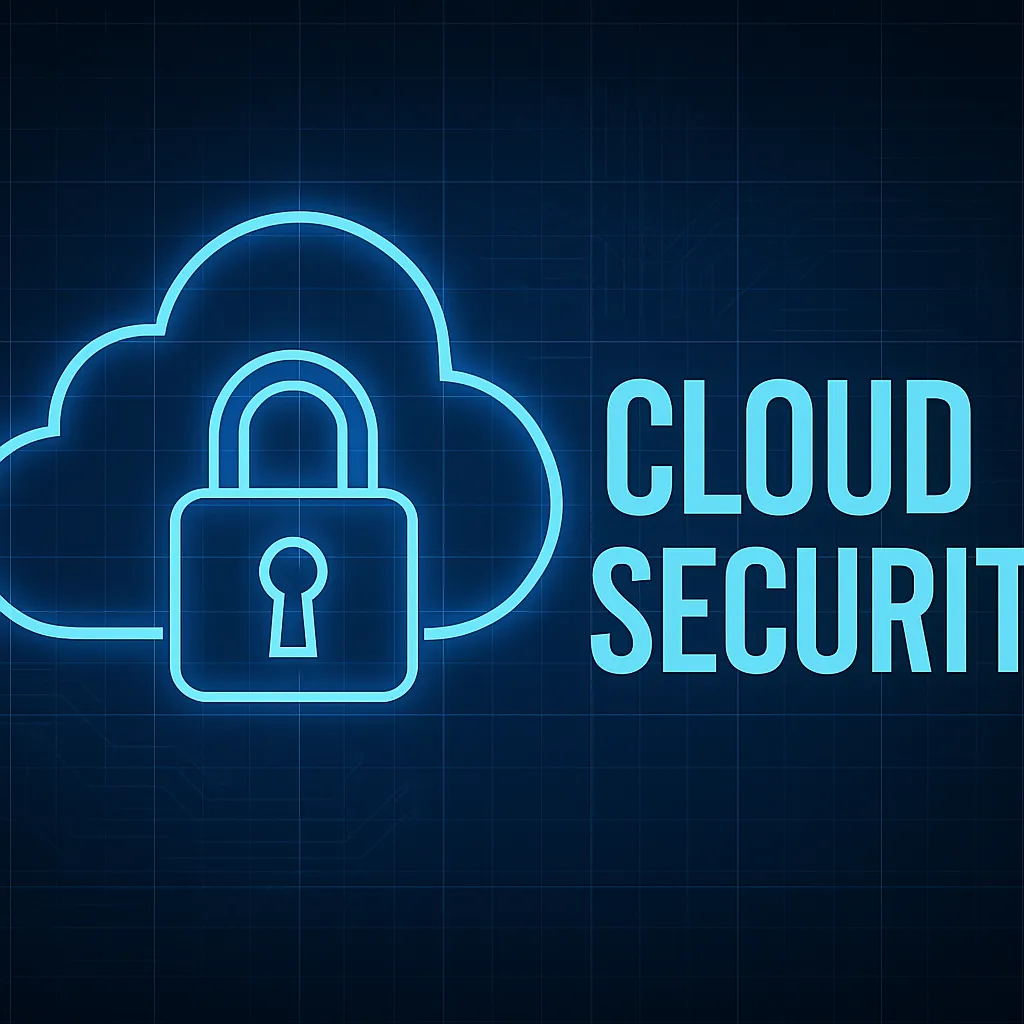Demystifying Cloud Security: Safeguarding the New Frontier
As industries gravitate towards digital solutions, cloud computing has become the backbone of the modern enterprise. But how secure is this vital infrastructure? Cloud security encompasses all the measures, tools, and policies designed to protect cloud-based systems. This blog delves into the essentials of cloud security, its importance, and practical strategies to enhance safety.
Understanding Cloud Security
Cloud security is a sector-specific term referring to the array of procedures, technologies, and policies that protect the data, applications, and associated infrastructure of cloud services. It is vital not only to safeguard data from theft or leakage but also to ensure regulatory compliance and protect privacy (Check Point, Google Cloud, IBM).
The Six Pillars of Cloud Security
Comprehending the six foundational pillars of cloud security can empower organizations to formulate robust security postures:
- Data Protection: Encryption, both at rest and in transit, helps safeguard data integrity and privacy.
- Identity and Access Management (IAM): Ensures that only authorized users can access specific resources, reducing the risk of data breaches.
- Threat Detection: Advanced monitoring to identify and mitigate potential threats in real time.
- Physical Security: Protecting the physical infrastructure of cloud providers, including data centers.
- Application Security: Implementing secure coding practices and regular audits to prevent vulnerabilities.
- Legal and Regulatory Compliance: Adhering to laws and regulations to avoid legal repercussions and build trust.
Case Studies of Cloud Security Implementation
Real-world applications of cloud security can illustrate its critical role. For example, healthcare providers leverage cloud solutions for storing patient records securely, relying on stringent compliance with HIPAA regulations. Financial services, on the other hand, implement advanced threat detection systems to protect sensitive financial data (Cloud Security Alliance).
Challenges in Cloud Security
Despite the robust frameworks, companies face significant challenges such as data loss, privacy issues, and advanced persistent threats. Multi-cloud environments often complicate security architectures, requiring meticulous strategy and coordination.
Enhancing Your Cloud Security Posture
Improving cloud security involves more than just using the right tools; it requires a strategic approach:
- Conduct regular security assessments and updates.
- Implement multi-factor authentication and strict access controls.
- Stay informed about the latest in cloud security innovations and threats.
Conclusion
As cloud technologies evolve, so too must our approaches to security. Vigilance and proactive measures are paramount to ensuring that the potentials of the cloud are fully harnessed while minimizing risks. Remember, effective cloud security is not a one-time effort but a continual process of improvement and adaptation.
